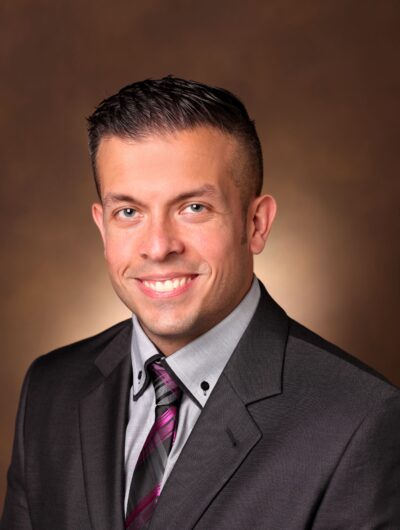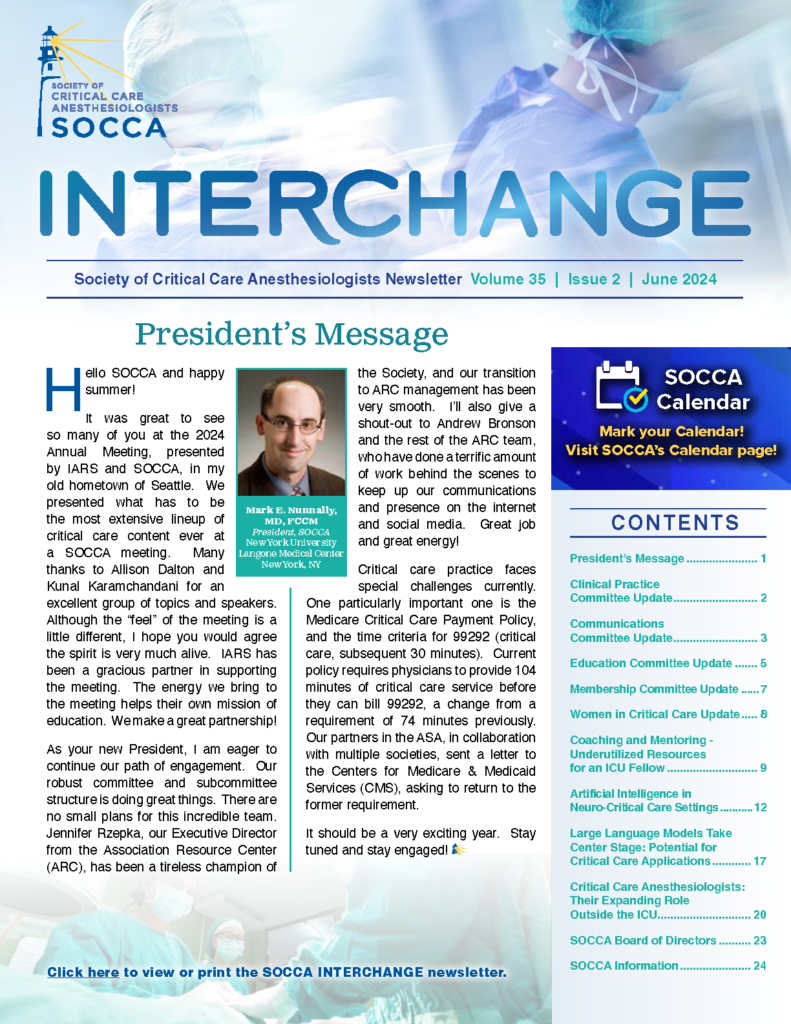Of an Anesthesiologist and an Epidemic: How One Man Changed the World
Financial Disclosures: Dr. Wunsch has research funding from the U.S. Department of Defense (DOD), U.S. National Institutes of Health (NIH), and Canadian Institutes of Health Research (CIHR).
Conflicts of Interest: Dr. Wunsch is an author of the upcoming book, The Autumn Ghost: How the Battle Against a Polio Epidemic Revolutionized Modern Medical Care (Greystone Books, May, 2023).
This year marks the 70th anniversary of the opening of the first modern intensive care unit (ICU). Located in The Municipal Hospital of Copenhagen, the unit possessed many components that are recognized as integral to critical care today: a dedicated area set aside for the sickest patients, 24/7 coverage by specialized staff, frequent monitoring of vital signs, invasive mechanical ventilation, and blood gas analysis [1]. Although situated across the ocean, there was an American connection; the unit was opened by a trailblazing anesthesiologist, Bjørn Ibsen, who had trained for a year at the Massachusetts General Hospital. Ibsen’s pioneering work was born out of his generation’s health emergency, a polio epidemic [2]. Not unlike today’s struggle with the coronavirus disease 2019 (COVID-19), Ibsen also faced the deadly respiratory sequela of a viral infection. By application of knowledge and experience gained during his anesthesia training in Boston and Copenhagen, he was able to diagnose and treat hypercapnic respiratory failure. His novel intervention and subsequent work in establishing the first ICU saved countless lives and changed the face of medicine forever. As our critical care community recovers from the arduous pandemic response, appreciation of the connections with our predecessors may enable us to better cope with stresses we have experienced. Such origin stories may help us to feel proud of our identity, gain perspective on the struggles we encountered, and feel invigorated for what is to come. This is the story of a visionary who laid the kindling for the field of critical care medicine.
The summer of 1952 was the beginning of a deadly poliomyelitis epidemic in Copenhagen. The local infectious disease hospital, the Blegdam, was at the center of the response for the whole metro area and beyond [1, 3]. Equipped with only one iron lung, its resources were quickly overwhelmed as the cases escalated [1, 3]. By the middle of August more than 10 patients per day were admitted with respiratory failure and the death rate for those with bulbar symptoms reached nearly 90%. Moreover, around half of the patients were children [1-3]. Consequently, medical and ethical dilemmas ensued: who should get the one iron lung? Who should be left to die? And what could be done to prepare for the projected autumn peak of the disease with no other treatments?
However, the resources and logistics were not the only factors limiting the patient care at the time. As infectious disease specialists, the primary physicians caring for the sick were not trained in respiratory physiology. As a result, the stigmata of hypercapnic respiratory failure went unrecognized and misdiagnosed [1, 2, 4]. For example, an elevated total bicarbonate level was misunderstood to represent a primary metabolic alkalosis, rather than a respiratory acidosis. And the signs of confusion, hypertension, and tachycardia were lumped together as evidence of polio encephalitis [1]. Moreover, while it was recognized that the iron lung was not sufficient for care in the cases of bulbar polio where aspiration occurred, there was no expertise to imagine what might take its place.
Serendipitously, a resident physician at the Blegdam Hospital, Mogens Bjørneboe, had been exposed to the skills and acumen of an anesthesiologist during care for a patient with tetanus who was given sedation and curare [1]. During this care, Bjørneboe observed the techniques and drugs used to control respiratory physiology and muscle function, and later realized that the anesthesiologist’s skills might be applied to polio. As the epidemic was escalating, he was able to convince the head of the hospital, Henry Cai Alexander (HCA) Lassen, to invite the anesthesiologist for a consultation [1]. The anesthesiologist was Bjørn Ibsen.
The events that ensued accelerated major changes in medicine. On August 25th Ibsen met with the hospital leadership and was provided an opportunity to examine patients in different stages of polio. It became apparent to Ibsen that the sickest patients were being under-ventilated, with the observed signs and symptoms often caused by hypercarbia and hypoxemia [1-4]. He offered a solution consisting of a tracheostomy and positive pressure ventilation for correction of respiratory derangements and airway protection [1-4]. Although skeptical, Lassen finally agreed to let Ibsen try his therapy on one patient [1]. Ibsen’s chance to trial his treatment plan came two days later.
Vivi Ebert was a 12-year-old patient admitted on August 26th suffering from spinobulbar poliomyelitis [1, 3]. During rounds on August 27th, Lassen identified Vivi as a suitable patient for Ibsen’s therapy, given the character of her disease and near certainty of death [1]. Vivi underwent a tracheostomy later that day followed by hand ventilation with a simple Waters to-and-fro circuit. Vivi survived the procedure and showed prompt improvement; she became interactive as well as “immediately warm and dry” [1, 2]. The importance of what had transpired was not lost on any of the participants. Lassen instantly implemented the new approach as the universal treatment for all patients in the hospital with bulbar polio. Tracheostomies were inserted by surgeons and positive pressure ventilation was provided by medical students from the University of Copenhagen who took turns hand ventilating the patients until respiratory function improved; additionally, all patients in need of ventilation were cohorted in specific locations for ease of access and care [1-4]. The mortality dropped from 87% to 50% nearly overnight and down to 11% by the wintertime [1-3].
The clinical success of Ibsen’s therapy initially did not translate into professional accomplishments, but ultimately resulted in accolades later in life. Lassen quickly published the Copenhagen experience in The Lancet under his name only [1]. Moreover, due to lack of support from Lassen, Ibsen was not chosen to lead the first department of anesthesiology at the University Hospital [1]. This began a life-long feud between the two men [1]. Ibsen took a job at the Municipal Hospital, where in 1953 he opened a postoperative care unit that later in the same year became the first, modern ICU; it began to function 24 hours a day, and he took care of both medical and surgical patients [1]. Ibsen’s model of care was replicated around the globe. By the end of the 1950s, 25% of American hospitals had ICUs, totaling more than 300 beds nationwide [5]. Soon after, the specialty of critical care was born, with the first fellowship in the US in 1963, and the first US society established in 1971 [5]. Today, the Danish community of anesthesiologists considers August 27th “Bjørn Ibsen Day” [4].
The heroic response of the medical community to the COVID-19 pandemic is a direct result of our knowledge gained from the early giants of critical care medicine. Critical care anesthesiologists were able to contribute to the global emergency with countless hours of direct patient care and in particular, with expertise in mechanical ventilation, sedation, and ECMO. We are the direct (medical) descendants of Ibsen, bringing to bear the same skills he cultivated for the modern care of innumerable critical ill patients every day. Happy 70th anniversary.
References:
- Wunsch, H. Ake Grenvik Honorary Lecutre: From Polio to Present: How Epidemics Have Shaped Critical Care. in The 2023 Critical Care Congress. January, 2023. San Francisco, CA
- Kitz, R.J., This is no humbug! : reminiscences of the Department of Anesthesia at the Massachusetts General Hospital : a history. 2003, Ashland, OH: Atlas Books. xvii, 459 p.
- Wunsch, H., The outbreak that invented intensive care. Nature, 2020.
- Trubuhovich, R.V., August 26th 1952 at Copenhagen: 'Bjorn Ibsen's Day'; a significant event for Anaesthesia. Acta Anaesthesiol Scand, 2004. 48(3): p. 272-7.
- Kopanczyk, R., N. Kumar, and A.M. Bhatt, A Brief History of Cardiothoracic Surgical Critical Care Medicine in the United States. Medicina (Kaunas), 2022. 58(12).





































